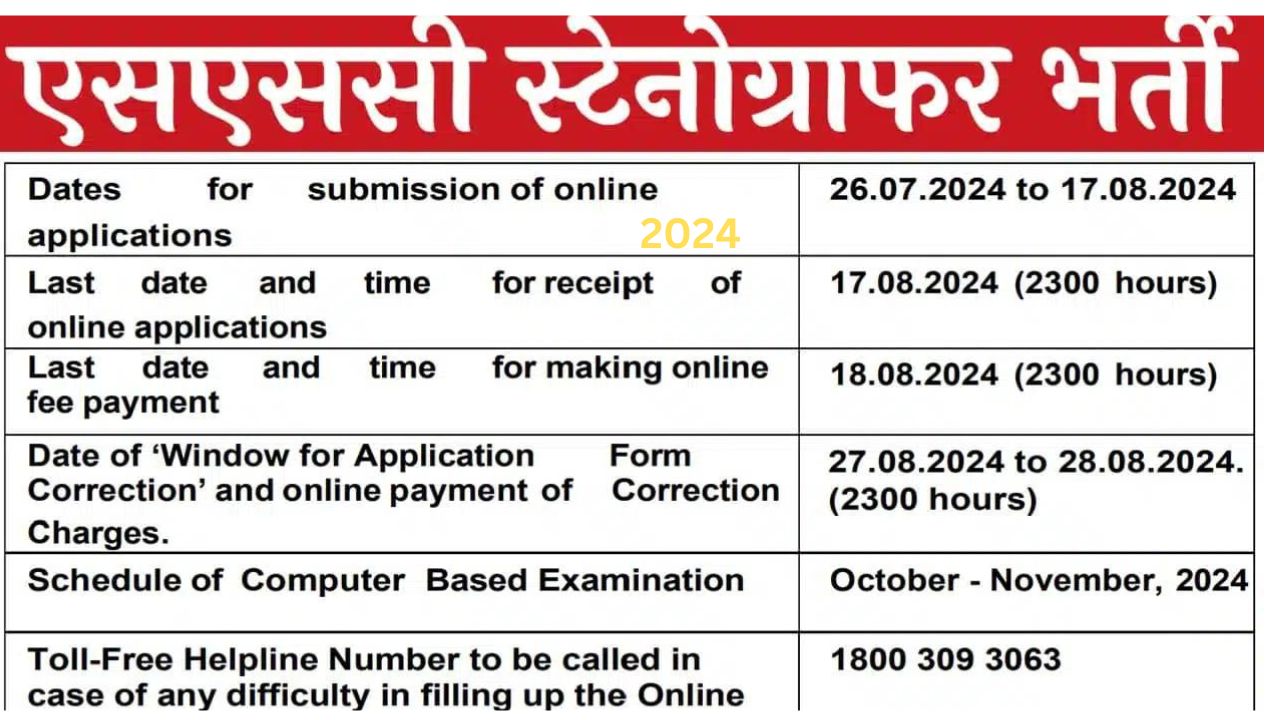Rhinoplasty, commonly referred to as a nose job, is one of the most popular cosmetic surgeries worldwide. Individuals seek this procedure for various reasons, including aesthetic improvements, breathing issues, or reconstruction after trauma. If you’re considering rhinoplasty, one of the primary questions you’re likely to have is, “How much does a nose job cost?” The cost of a nose job can vary significantly based on several factors, including the surgeon’s expertise, geographic location, type of procedure, and additional fees.
Understanding the Basics: What is Rhinoplasty?
Rhinoplasty is a surgical procedure designed to alter the shape, size, or structure of the nose. This surgery can be cosmetic, focusing on appearance, or functional, addressing issues such as breathing difficulties caused by a deviated septum. The procedure can involve modifying the bone, cartilage, skin, or all three, depending on the patient’s goals.
Factors Influencing the Cost of Rhinoplasty
Several factors contribute to the overall cost of a nose job, making it challenging to provide a one-size-fits-all answer. However, understanding these factors can help you estimate the potential costs.
1. Surgeon’s Expertise and Reputation
The experience and reputation of the surgeon play a significant role in determining the cost of rhinoplasty. Highly skilled surgeons with extensive experience often charge more due to their proven track record of successful surgeries and satisfied patients. It is crucial to choose a board-certified plastic surgeon with a specialization in rhinoplasty to ensure the best results.
2. Geographic Location
Where you have the procedure done can significantly impact the cost. Rhinoplasty costs tend to be higher in metropolitan areas or regions with a high cost of living. For example, getting a nose job in New York City or Los Angeles is generally more expensive than in smaller towns or rural areas.
3. Type of Rhinoplasty Procedure
There are different types of rhinoplasty, each with varying complexity and cost:
- Closed Rhinoplasty: This procedure involves incisions inside the nostrils, making it less invasive and typically less expensive.
- Open Rhinoplasty: Involves an incision across the columella, the tissue between the nostrils. This approach is used for more complex cases and is generally more expensive.
- Revision Rhinoplasty: A corrective surgery for those who are unsatisfied with their initial rhinoplasty results. This is usually the most expensive type due to its complexity.
4. Anesthesia Fees
Rhinoplasty is typically performed under general anesthesia, which requires the expertise of an anesthesiologist. Anesthesia fees can vary based on the duration of the surgery and the anesthesiologist’s experience.
5. Facility and Operating Room Costs
The location where the surgery is performed—whether it’s a hospital, an outpatient surgical center, or a private clinic—can also affect the price. Operating room costs include the use of the facility, medical staff, and equipment, all of which contribute to the overall expense.
6. Pre- and Post-Operative Care
Costs associated with pre-operative consultations, medical tests, and post-operative care, including medications, follow-up visits, and any necessary revisions, should also be considered when calculating the total cost of a nose job.
Average Cost of Rhinoplasty
As of recent estimates, the average cost of rhinoplasty in the United States ranges from $5,000 to $15,000. However, this price can vary widely based on the factors mentioned above. Let’s break down the typical costs:
- Surgeon’s Fee: $3,000 to $10,000
- Anesthesia Fees: $800 to $2,000
- Facility Fees: $700 to $3,000
- Pre- and Post-Operative Care: $500 to $2,000
These are only approximate figures, and the actual cost may differ based on individual circumstances.
Does Insurance Cover Rhinoplasty?
Whether your insurance covers rhinoplasty largely depends on the reason for the surgery. Cosmetic rhinoplasty is generally not covered by insurance, as it is considered elective. However, if the procedure is medically necessary—such as to correct breathing problems or repair damage from an injury—insurance may cover a portion or all of the cost. It is essential to consult with your insurance provider and your surgeon’s office to determine what is covered under your policy.
Financing Options for Rhinoplasty
Given the high cost of rhinoplasty, many patients explore financing options to manage the expense. Some surgeons offer payment plans, and there are medical credit cards specifically designed for healthcare expenses. It’s important to carefully review the terms and interest rates of any financing option to ensure it fits within your budget.
Is Rhinoplasty Worth the Investment?
The decision to undergo rhinoplasty is deeply personal and involves weighing the cost against the potential benefits. For many, the improved self-esteem and satisfaction with their appearance make the investment worthwhile. Additionally, for those undergoing rhinoplasty for medical reasons, the procedure can significantly enhance quality of life by improving breathing function.
Choosing the Right Surgeon
When considering rhinoplasty, selecting the right surgeon is perhaps the most critical decision you will make. Look for a surgeon who is board-certified by the American Board of Plastic Surgery, has extensive experience with rhinoplasty, and can provide before-and-after photos of previous patients. A consultation is a great opportunity to discuss your goals, ask questions, and ensure you feel comfortable with your surgeon.
Conclusion
Rhinoplasty is a significant investment in both time and money. The cost of a nose job varies widely depending on several factors, including the surgeon’s expertise, geographic location, and the complexity of the procedure. While it is important to consider the financial aspect, the quality of the results should be the primary factor in your decision-making process. By choosing a qualified and experienced surgeon, you can achieve the best possible outcome for your rhinoplasty, enhancing both your appearance and self-confidence.
